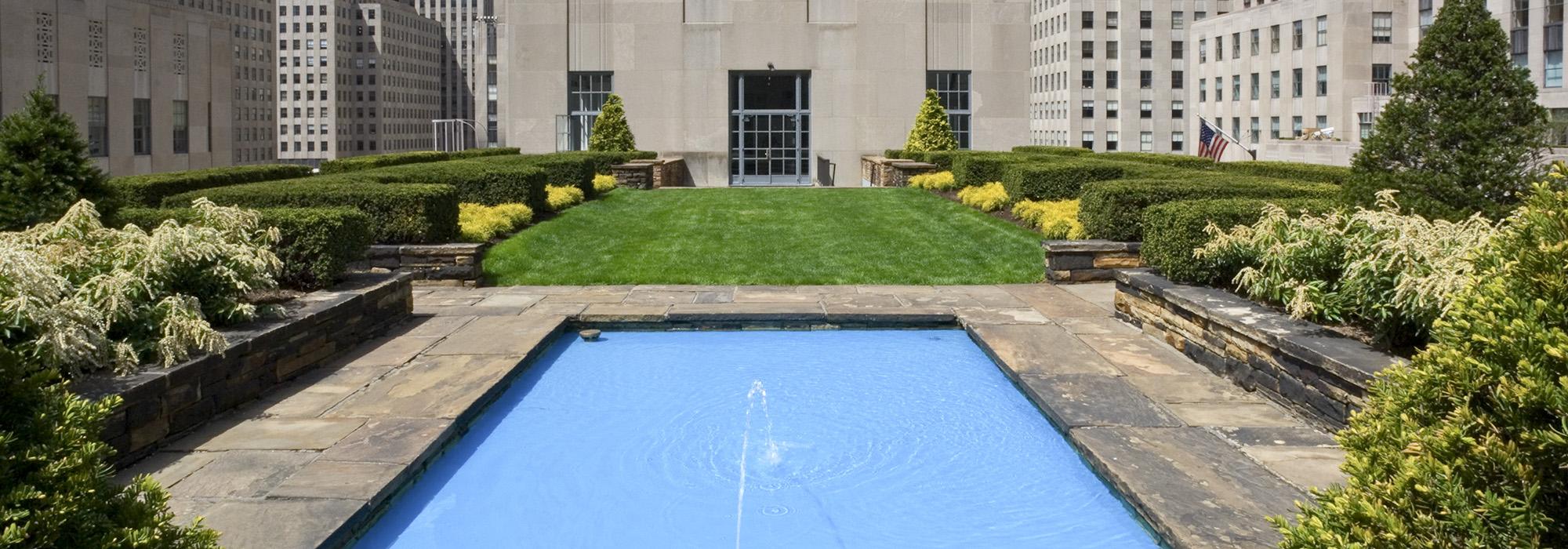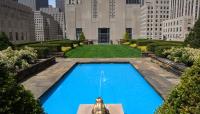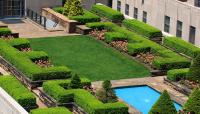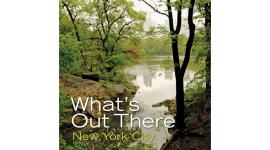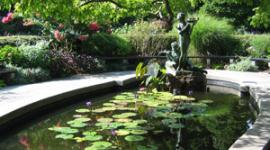Landscape Information
Envisioned as scenic amenities and a way to increase revenue for the development, the gardens on Rockefeller Center's building rooftops were part of architect Raymond Hood's original 1930 scheme. Landscape architects Ralph Hancock and A.M. Van den Hoek were hired to design the gardens and also the plans for connecting bridges between the rooftops. Financial constraints cut the design significantly and eventually roof top gardens only were included on four buildings. On the RCA building, the 3/4-acre garden included a bird sanctuary, vegetable garden, rock gardens, a children's garden, and the Gardens of the Nations, all designed by Ralph Hancock and open to the public. The Garden of Nations included plantings native to America, Spain, Japan, Holland, France, Italy, and England. When public interest waned most of the garden was demolished, with only the Rock Garden remaining today. The gardens on the British Empire (International) Building and La Maison Francaise, also designed by Hancock, are largely intact today. Each formal garden is roughly 12,000 square feet and includes privet hedges, rectangular lawn, and a shallow pool. The gardens above the Palazzo d'Italia and the International Building North, designed by A.M. Van den Hoek, also survive today. The original design for these gardens included large beds of ivy, evergreen hedges, cobblestone walkways and fountains. These spaces were restricted to private use from their inception and today can only be viewed by tenants in the surrounding buildings. Rockefeller Center was listed in the National Register of Historic Places in 1987.



